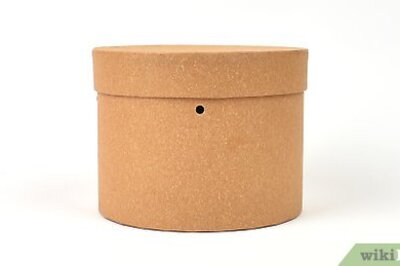
views
Is it a sensible decision to withdraw from ULIP and invest that money into a PPF account? It's a fair question given the present market condition but there's more to it. We decode the puzzle for you.
I had taken LIC money plus ULIP plan in Feb 2007. This month I will be paying the third yearly premium.
What returns can I expect if I withdraw the amount immediately after paying the third premium? Should I continue investing in the policy for more years or is it a wise decision to withdraw the money and invest it in PPF?
-- Anirudh Barathwaj
You will not get any benefits if you choose to withdraw after the third year. You might also lose a significant percentage of your money given the current market conditions.
High costs
In ULIPs, your premium amount is high in the initial years, and it goes towards fund management, service charges, mortality charges, leaving only a significantly lesser percentage of the actual premium paid towards the investment. This affects the kind of returns you get.
Volatile stock markets currently
A rosy stock market picture could result in high returns masking the pinch felt by the high charges. The reverse would be true when the returns drop rapidly. You need to wait for markets to become more favourable to expect good returns. Over a long-term like say, 15 years this could be possible. However, there is zero guarantee.
A sample ULIP Investment
(This is not necessarily an LIC policy)
Year 1: Invested amount = Rs 70,000
65 per cent loading charges = Rs 45,000
Admin charges = Rs 500
Risk premium plus service tax = Rs 1,000
Total amount deducted = Rs 47,000
Actual amount that goes into investment = Rs 23,000
Year 2: Invested amount = Rs 70,000
7.5 per cent loading charges = Rs 5,250
Admin charges = Rs 10,900
Risk premium/service tax = Rs 1,000
Charges total = Rs 17,000
Actual invested amount = Rs 53,000
Total amount invested in 2 years is Rs 140,000 but actual amount invested is Rs 76,000.
What does this mean?
If the investment doubles in the third year, you will be able to break even for the monies invested. Though the charges even out as the years progress, to really reap benefits you need to keep investing money and wait till the markets turn around.
Hence, you can continue to invest for a couple of more years. The key here is to be patient and wait long term, to the tune of 10 to 12 years before you reap the benefits.
What about PPF?
Investing in PPF may offer solid, assured returns. PPF has a lock-in period of 15 years. It comes with a tax rebate on interest earned and money invested. It currently comes with an 8 per cent interest compounded annually. Interest is calculated on the lowest balance between the fifth day and last day of the calendar month, and is credited to the account on 31 March every year. So to derive the maximum benefit, the deposits should be made between first and fifth day of the month.
Note: The minimum amount into PPF in a year is Rs 500.
The maximum is Rs 70, 000.
In conclusion
We suggest you stick with the current ULIP policy since you have already incurred the costs (entry load charges) associated with it.
Ideally, we would recommend mutual funds for investments purposes and insurance policies only for the sake of insurance. Of course, PPF is also a good option. This will ensure diversity.
A good investment portfolio is one which has a mixed bag of investments, including equity investments as well as fixed fund instruments.



















Comments
0 comment